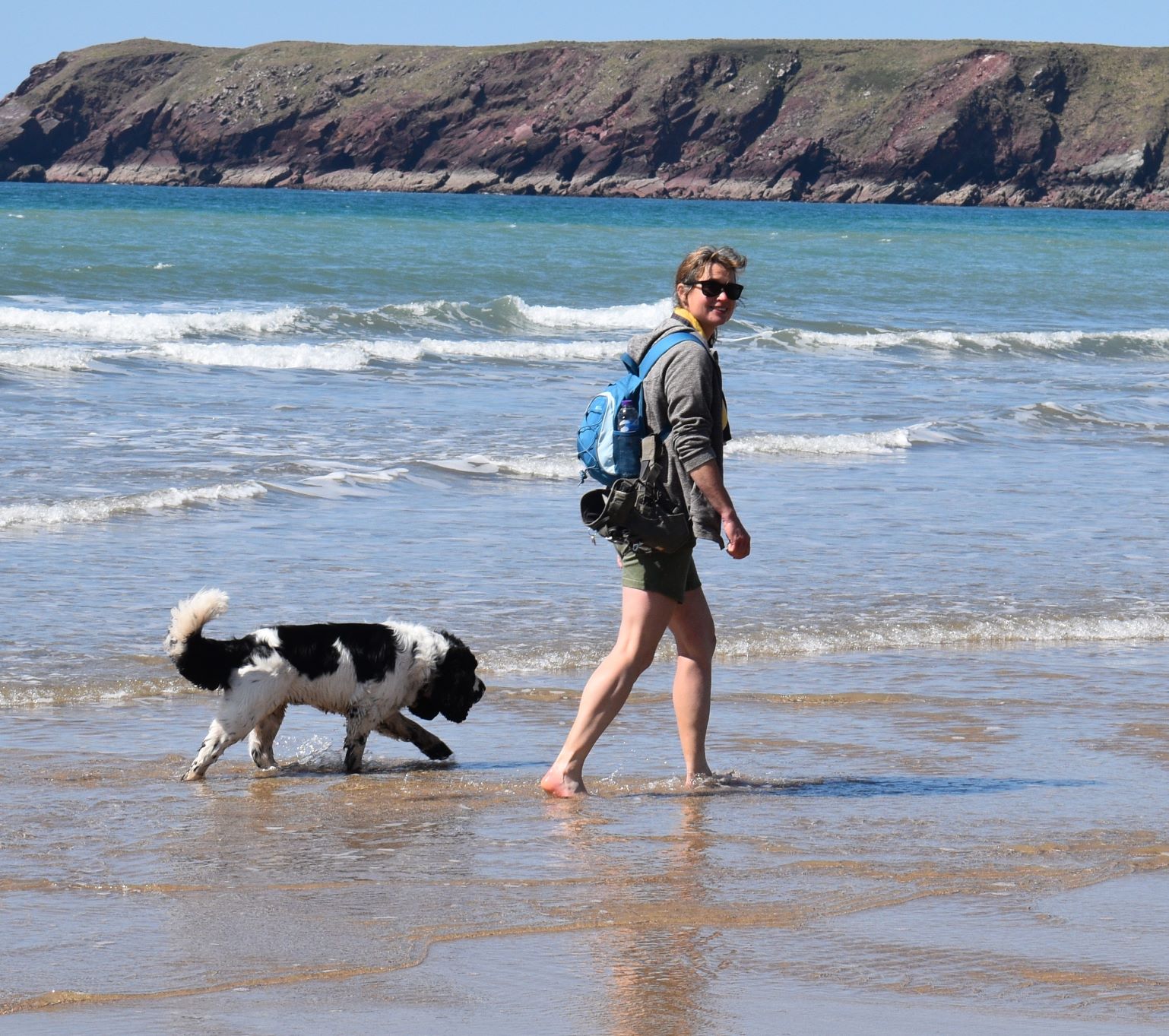Certified trainers share six ways to tell if a dog is uncomfortable from their body language
We’d all hate to think that we’re putting any pressure on our canine friends – here’s how to tell if your dog is uncomfortable.

As humans, if situations are making us uncomfortable we generally have options. We can talk about it, move away or even make a joke to diffuse any tension. Our dogs, though, have limited options, particularly if they’re on a leash, and their signs of discomfort might be subtle. Dogs can find lots of situations stressful, including meeting new dogs or people, lots of noise, changes in routine or even not being able to find one of their best puppy toys.
Being able to pick up on your pooch’s body language is key to understanding how he’s feeling. If your fur friend is finding a situation uncomfortable, it’s important to be able to recognize that and take some appropriate action before things escalate.
If you need to brush up on your buddy’s body language, trainers from The Canine School in Canada recently shared on their Instagram account @ottawak9school six ways for you to spot whether or not your pooch is happy with what’s going on around him.
A post shared by The Canine School (@ottawak9school)
A photo posted by on
According to the trainers at Canine School When dogs feel uncomfortable, they may exhibit the following behaviors:
- Growling
- Ears pinned back
- Tucked tail
- Panting when it’s not hot
- Lip licking
- Avoiding eye contact
While the first three signs might be obvious, the others are harder to spot. If you’re at the dog park with your pet and another dog comes bounding up, you might notice your dog start to lick his lips repeatedly. This has a pacifying effect, and is also a sign of submission showing the other dog that your pooch would rather not get into anything right now, thanks.
Panting when it’s not hot is another telltale sign of stress. Also, if your doggo keeps looking away from you or the other dog and won’t make eye contact, he could be showing ‘avoidance’. This is a way of ignoring the stressful situation by pretending it doesn’t exist – something we can all relate to!
Accredited trainer Lara Sorisi agreed with this when she previously spoke to PetsRadar about causes for reactivity in dogs. In this piece, she explored how when your dog finds themselves in a new or unfamiliar environment, it is valuable to observe their body language for signs of discomfort. If they appear as though they would prefer to be elsewhere, it is advisable to step back and provide them with some space. This allows them to regulate their emotions and find their own sense of calm.
PetsRadar Newsletter
Get the best advice, tips and top tech for your beloved Pets
If you've found these tips useful and would like to know more about recognizing and managing canine stress, take a look at our vet's guide to anxiety in dogs.
Sara is a freelance journalist and copywriter of many years’ experience with a lifelong love of animals. She’s written for a range of magazines and websites on subjects varying from pet care to travel. A horse rider since the age of five, she’s currently a full time pet slave to horse Blue and gorgeous, goofy English Springer Spaniel Olly. Adorable Olly has a huge sense of adventure and no sense of direction, keeping Sara on her toes.

